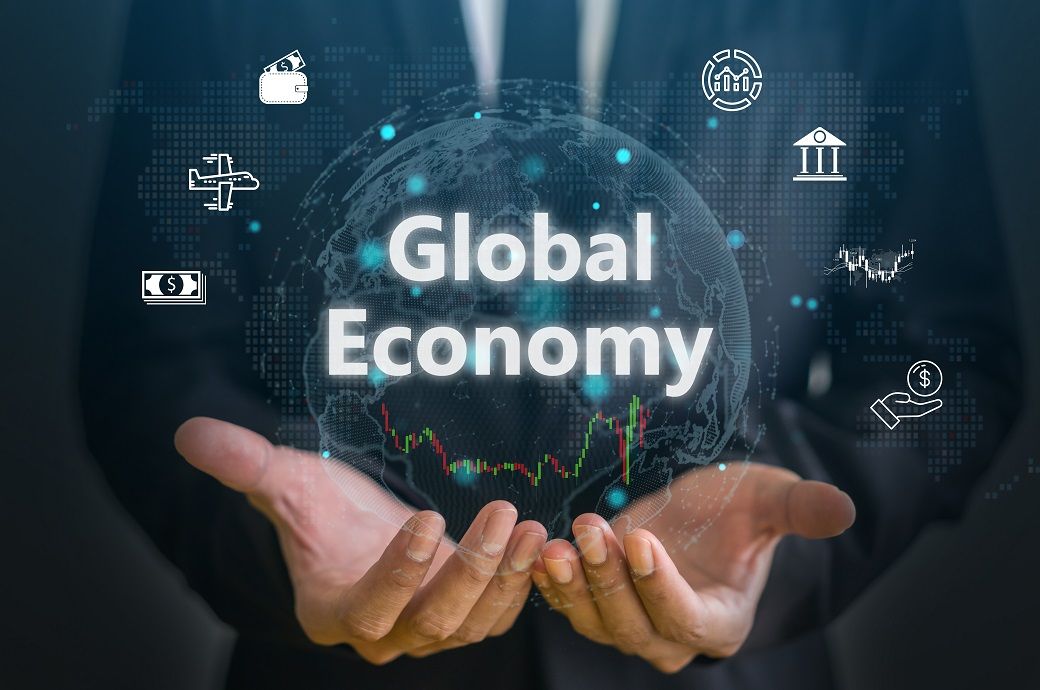
Meanwhile, substantial cuts to international development aid and new restrictions on immigration have been rolled out in some advanced economies, it noted.
Several major economies have adopted a more stimulative fiscal stance, raising concerns about the sustainability of public finances and possible cross-border spillovers, the IMF said in its latest World Economic Outlook (WEO).
The world’s economies, institutions, and markets have been adjusting to a landscape marked by greater protectionism and fragmentation, with dim medium-term growth prospects and calling for a recalibration of macroeconomic policies, the IMF observed.
“After a resilient start, the global economy is showing signs of a moderate slowdown, as predicted. Incoming data in the first half of 2025 showed robust activity. Inflation in Asian economies was subdued, while it remained steady in the United States. This apparent resilience, however, seems to be largely attributable to temporary factors—such as front-loading of trade and investment and inventory management strategies— rather than to fundamental strength,” the global financial body said in a release on the WEO.
“As these factors fade, weaker data are surfacing. The front-loading is unwinding, and labour markets are softening. Pass-through of tariffs to US consumer prices, previously muted, appears increasingly likely. Advanced economies, traditionally reliant on immigration, are seeing sharp declines in net labour inflows, with implications for potential output,” it observed.
Global growth is projected to slow from 3.3 per cent in 2024 to 3.2 per cent in 2025 and to 3.1 per cent in 2026.
This is an improvement relative to the July WEO Update—but cumulatively 0.2 percentage point below forecasts made before the policy shifts in the October 2024 WEO, with the slowdown reflecting headwinds from uncertainty and protectionism, even though the tariff shock is smaller than originally announced.
On an end-of-year basis, global growth is projected to slow down from 3.6 per cent in 2024 to 2.6 per cent in 2025.
Inflation is expected to decline to 4.2 per cent globally this year and to 3.7 per cent in 2026, with notable variation: above-target inflation in the United States—with risks tilted to the upside—and subdued inflation in much of the rest of the world.
Prolonged policy uncertainty could dampen consumption and investment. Further escalation of protectionist measures, including nontariff barriers, could suppress investment, disrupt supply chains and stifle productivity growth, the IMF noted.
Larger-than-expected shocks to labour supply, notably from restrictive immigration policies, could reduce growth, especially in economies facing aging populations and skill shortages.
Fiscal vulnerabilities and financial market fragilities may interact with rising borrowing costs and increased rollover risks for sovereigns.
Pressure on the independence of key economic institutions, such as central banks, could erode hard-earned policy credibility and undermine sound economic decision making, the IMF added.
ALCHEMPro News Desk (DS)
Receive daily prices and market insights straight to your inbox. Subscribe to AlchemPro Weekly!